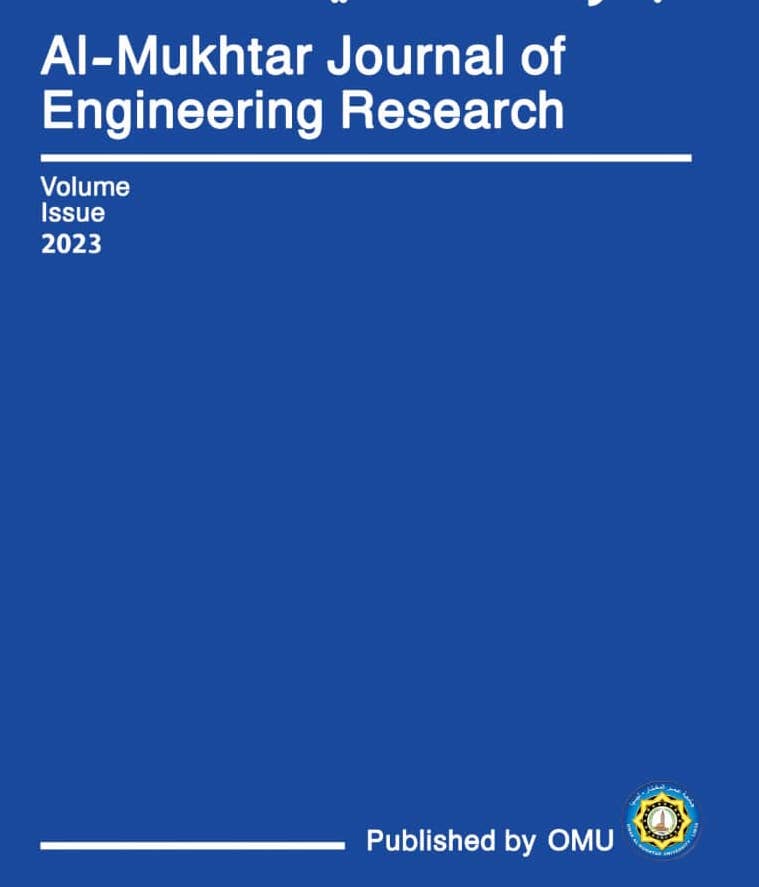High-Density Polyethylene/Kaolin Clay Composites: Optimization of The In-jection Moulding Process Parameters Towards Minimum Shrinkage and Warpage
DOI:
https://doi.org/10.54172/3tm3e547Keywords:
Clay, High Density Polyethylene, Injection Moulding, Shrinkage and WarpageAbstract
Optimization of the injection moulding process parameters of thermoplastic composites made of high-density polyethylene (HDPE) and kaolin clay (KC) was carried out using the Taguchi method. The parameters that were taken into consideration were melting temperature, packing pressure and packing time. Composites containing 98 wt% of HDPE and 2wt% of KC with various particle sizes of <75, 75-106 and 106-150 µm were used. Two defects that are usually associated with the injection moulding process of polymers were selected, namely shrinkage and warpage. Results showed that the optimal parameters needed to obtain a minimum shrinkage value for composites containing clay (regardless of its particle size) are very similar to those for the pure HDPE. Contrary, the optimal parameters needed to obtain a minimum warpage value depends on the size of clay particles added, which were also different from those of the pure HDPE. Results also revealed that the most effective parameter (both shrinkage and warpage) for pure HDPE and its composites with clay was the melting temperature.
Downloads
Published
Issue
Section
License
Copyright (c) 2023 Al-Mukhtar Journal of Engineering Research

This work is licensed under a Creative Commons Attribution-NonCommercial 4.0 International License.
Copyright of the articles Published by Al-Mukhtar Journal of Engineering Research (Mjer) is retained by the author(s), who grant Mjer a license to publish the article. Authors also grant any third party the right to use the article freely as long as its integrity is maintained and its original authors and cite Mjer as the original publisher. Also, they accept the article remains published by the Mjer website (except in the occasion of a retraction of the article).




